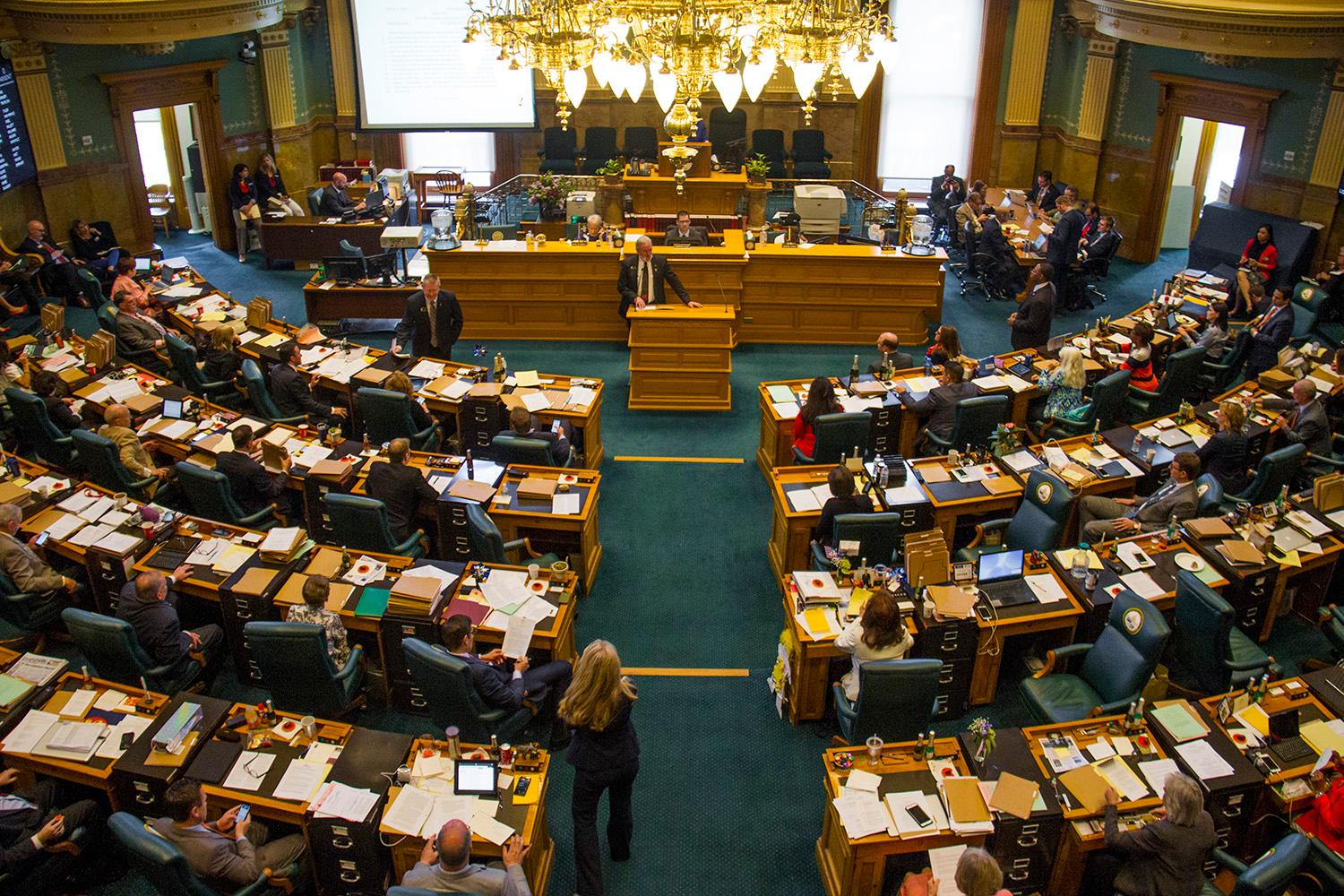A Colorado legislative session dominated by difficult budget negotiations is barely in the rear-view mirror, and the June economic forecasts released by the Governor's Office of State Planning and Budget and the Legislative Council Staff both predict that tax revenues won't be enough to cover the approved expenses.

The governor's budget office predicts we'll be off by a little bit. The legislative economists think we'll be off by a bit more.
The Legislative Council Staff's forecast predicts that general fund revenues for 2015-16, the fiscal year ending this month, will be $63 million less than expected, and the state's reserves will be $47 million less than planned. The 2016-17 fiscal year, which is about to kick off July 1, could be $268.3 million short of the revenue needed to cover the approved budget and required reserves. That's 2.6 percent less than needed.
The governor's budget office is more optimistic. They predict that revenues for the soon-to-end fiscal year will be less than previously hoped, but those economists believe we'll still have enough to meet the reserve requirement. For 2016-17, the state could have $10.5 million less than it needs to cover expenses and meet its reserve obligations, the governor's office said in its forecast.
For context, the state budget is around $27 billion.
Both predications include money that had to be set aside to pay $51.5 million of refunds on severance taxes on oil and gas from 2014-15 after a court decision went against the state.
The gap between the two forecasts derives from small differences in assumptions, applied to billions of dollars worth of economic activity. That adds up to millions of dollars.
Both forecasts described modest economic growth balanced against a weakening energy sector, though oil prices aren't heading down anymore. The state is near full employment, which is limiting the ability of businesses to expand. Broader financial trends and consumer spending point toward slower growth going forward.
The next economic forecast is due in September, when economists will have more information about actual as opposed to projected revenues, and there's yet another one in December, before the legislature convenes again, this time with new members.
They'll have their work cut out for them. The same issue that made the budget knotty this year hasn't gone away. Look for a redo of the hospital provider fee fight, ably explained here by the Colorado Independent at the start of the last session.
The short version is that a fee on hospital bills is used along with matching federal dollars to pay for the Medicaid expansion and other health care costs. It goes into the budget and goes right back out to hospital in redistributed form.
That revenue is subject to TABOR, and it's a lot of money. So it makes the state a lot more likely to need to give refunds. However, those refunds end up coming from the rest of the budget, not health care.
Clear as mud? Denverite explains TABOR here.
The legislative council predicts TABOR refunds of $162.6 million in 2017-18, while the governor's office's forecast thinks those refunds could be as much as $277.1 million.
Look for Democrats to try again to reclassify the hospital provider fee as an enterprise, exempt from TABOR, and look for Republicans to press for other solutions.
Also look for a ballot measure in November that would let the state just keep that revenue for the next 10 years.












